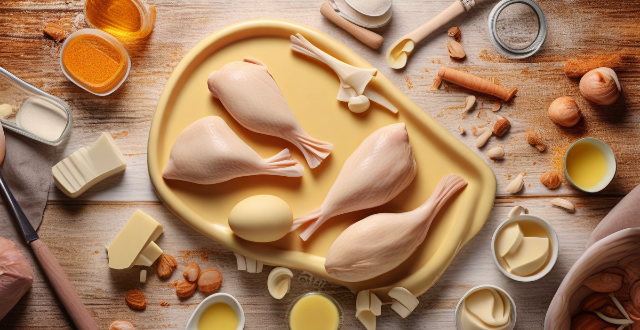Braising and stewing are two cooking techniques used to tenderize meat by slow cooking in liquid. Braising involves searing the food first and then cooking it slowly in a small amount of liquid, while stewing involves cutting the food into smaller pieces and cooking them in a large amount of liquid for a longer period. The key differences between the two methods include liquid content, cooking time, flavor development, and texture. Braising is ideal for making pot roasts or whole chickens with deep, intense flavors and tender texture, while stewing is suitable for hearty beef stews or vegetable soups with a harmonious blend of flavors. Understanding these differences allows you to select the best technique based on your desired outcome.

Braising vs Stewing: A Comprehensive Comparison
Introduction
Braising and stewing are two popular cooking techniques used to tenderize tougher cuts of meat by slowly cooking them in liquid. While both methods involve similar principles, there are distinct differences between the two that can significantly impact the final outcome of a dish.
Definition
- Braising: This method involves searing the food (usually meat) first to lock in the flavors and then cooking it slowly in a small amount of liquid at a low temperature until it becomes tender. The liquid used for braising is typically just enough to cover the ingredients halfway.
- Stewing: In contrast, stewing involves cutting the food into smaller pieces and cooking them in a large amount of liquid for a longer period. The primary goal of stewing is to allow the flavors of various ingredients to blend together harmoniously.
Key Differences
Liquid Content
- Braising: Uses minimal liquid, just enough to partially cover the ingredients.
- Stewing: Requires sufficient liquid to fully submerge all ingredients.
Cooking Time
- Braising: Typically takes less time compared to stewing since the liquid content is lower and heat transfer occurs more rapidly.
- Stewing: Needs a longer cooking time due to the larger volume of liquid which requires additional time to reduce and concentrate flavors.
Flavor Development
- Braising: Creates a rich, concentrated flavor as the liquid reduces and infuses with the main ingredient during cooking.
- Stewing: Produces a well-balanced flavor where individual tastes of various components meld together over an extended period.
Texture
- Braising: Results in a tender texture with slightly caramelized surfaces from initial searing.
- Stewing: Yields very tender meat but may lack the crispiness or caramelization found in braised dishes.
Application Examples
- Braising: Ideal for making pot roasts, short ribs, or whole chickens where you want a deep, intense flavor and a fall-off-the-bone texture.
- Stewing: Suitable for hearty beef stews, chili con carne, or vegetable soups where a harmonious blend of flavors is desired.
Conclusion
While both braising and stewing are excellent choices for transforming tougher cuts of meat into delicious meals, understanding their differences allows you to select the best technique based on your desired outcome. Whether you're looking for depth of flavor with a touch of caramelization (braising) or a comforting blend of various ingredients (stewing), each method offers unique advantages to elevate your culinary creations.